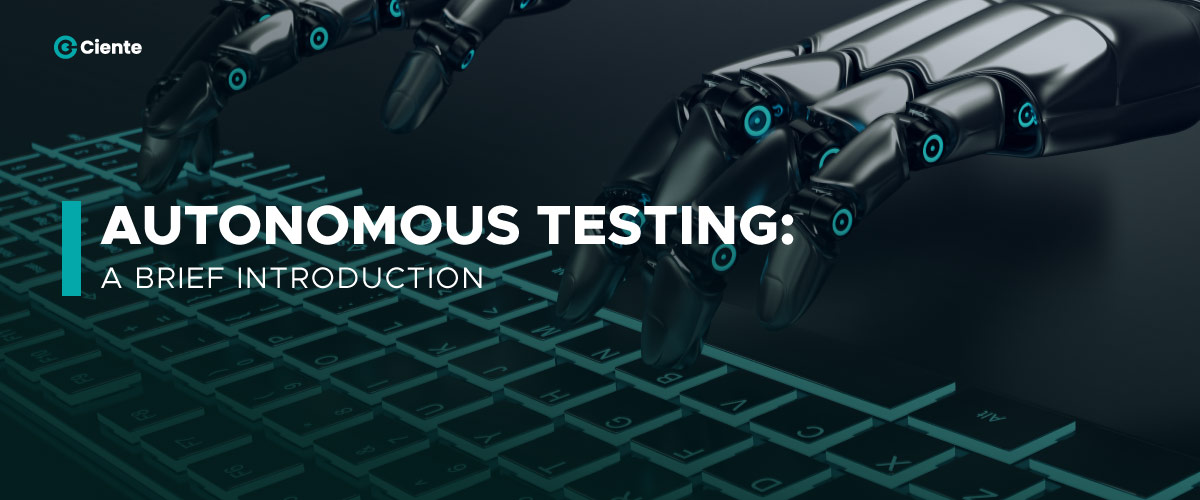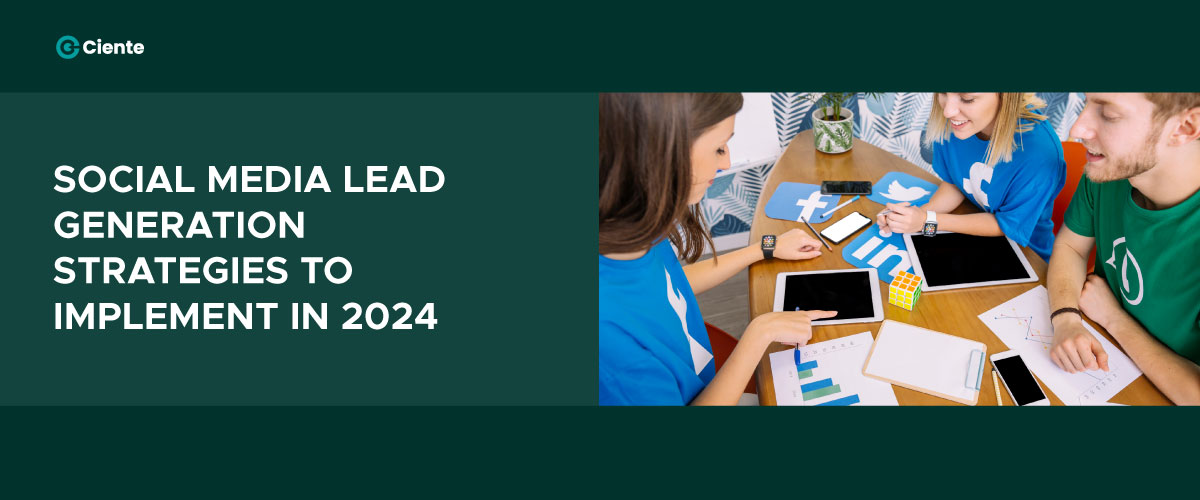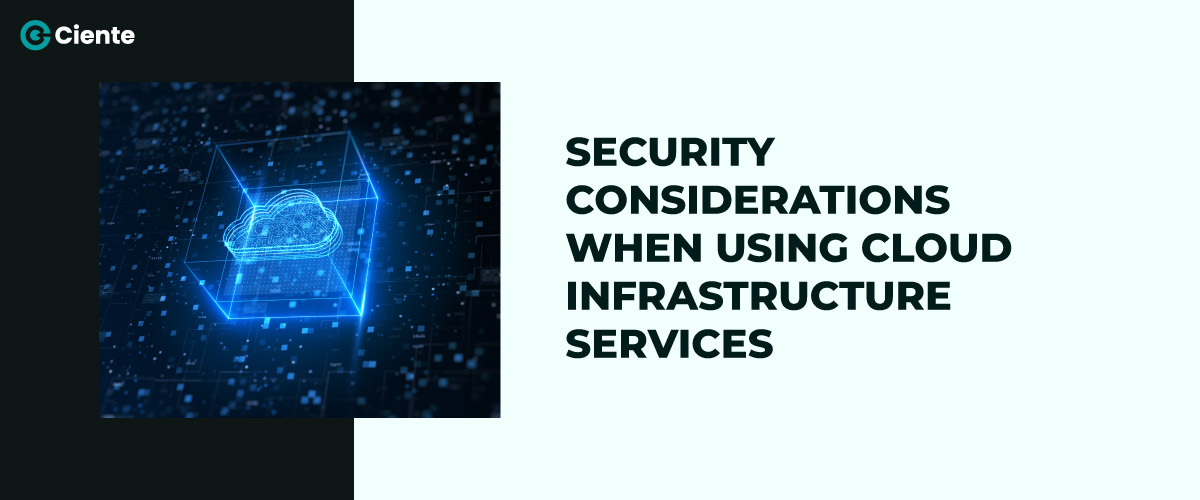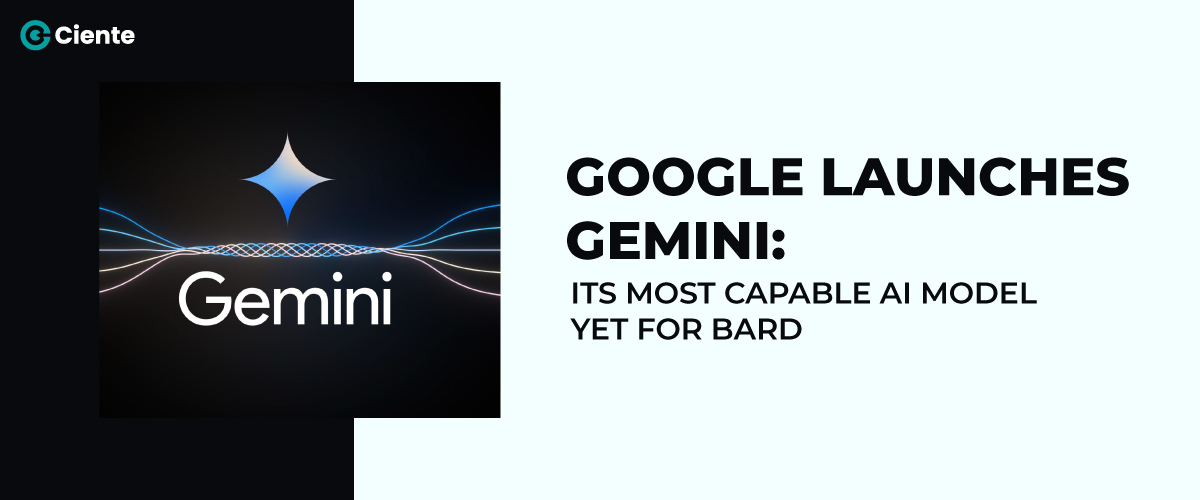What is Autonomous Testing: A Brief Introduction
Robots pilot QA while AI hunts bugs and fuels faster testing, ushering in a strategic autonomous testing revolution. Are you ready for it?
What is Autonomous Testing?
Autonomous testing is an AI-driven software testing approach that eliminates human intervention by utilizing intelligent algorithms to create, drive, and manage tests. The ultimate aim is to streamline the testing process, allowing the system to independently handle end-to-end testing activities. This advanced automation reduces human involvement, lightening the workload for engineering teams by eliminating the necessity for additional testing code. While autonomous testing shows promise, it is still in its early stages of development.
What are the benefits of autonomous testing?
Accelerated Testing:
By automating tedious and repetitive tasks inherent in traditional software testing, testers can expect a considerable acceleration in their testing pace. Companies adopting AI testing gain a distinct competitive edge by reducing their time-to-market. With each new update, AI can promptly generate test scenarios, execute regression test suites, and intelligently address broken test scripts caused by code changes, ultimately saving valuable time for QA teams.
Increased Productivity:
The generative capabilities of AI empower teams to create test data, test scripts, and test scenarios at scale with greater customization. Instead of spending hours manually creating these elements, teams can instruct AI to handle the task. The comprehensiveness of generated data is higher, enabling QA teams to address a broader range of issues.
Increased System Versatility:
An autonomous testing system can adapt itself to changes in the product thanks to embedded continuous learning algorithms. Over time, it becomes adept at generating not only better but also more organization-specific test scenarios and test data. This adaptability relieves organizations of the burdens associated with test maintenance.
Cost-Effectiveness:
With fewer resources allocated to testing activities, organizations can achieve higher productivity per resource unit. While the initial setup and configuration costs may be substantial, and immediate results might not be apparent as the system needs time to learn organizational testing patterns, the long-term return on investment justifies the initial investment.
Competitive Advantage:
All the aforementioned benefits directly translate into a competitive advantage for organizations. QA teams can concentrate on critical tasks, and developers receive almost instant feedback for their builds, leading to improved product quality and ultimately contributing to demand generation.
Also Read : Sophisticated Tech Is Good; Byzantine Is Not
Going Beyond the Traditional Autonomous Testing
Autonomous testing can help you be creative and also give you bug-free results. Here are a few unique concepts related to autonomous testing that might interest you:
Self-fixing tests:
These tests detect bugs and automatically suggest fixes or workarounds, saving time and effort.
For instance, Microsoft integrates Applitools Eyesight into Azure cloud services, where AI scans interfaces for UI inconsistencies, suggesting code fixes to developers, ensuring a seamless user experience.
Nature-inspired testing:
Algorithms mimic natural processes like ant colonies to explore software from different angles, finding bugs traditional methods might miss.
Explainable AI testing:
AI tells you why it made a specific testing decision, helping you understand its reasoning and build trust.
Realistic user scenarios:
AI generates test data that behaves like real users, making your software more robust to real-world situations.
For example, Streaming services like PayPal leverage Testim.io’s AI-generated test data, mimicking real user behavior, to identify performance bottlenecks and usability issues they wouldn’t catch otherwise.
Supercharged fuzzing:
AI evolves fuzzing techniques to constantly find new and unexpected ways to break your software, boosting its security.
How to implement automated testing?
Not all testing scenarios are suitable for automation, such as usability testing or exploratory testing, which demand human intuition and creativity. Currently, these types of testing rely on manual processes, making it challenging to develop a system capable of autonomously exploring unfamiliar systems to uncover bugs. Achieving autonomous testing is a significant milestone not only in the software testing domain but also in the broader field of AI, Here are a few more challenges:
Managing Test Data:
Ensuring the availability of realistic and diverse test data that mirrors real-world conditions can be a complex task. While test data generation is feasible with effective prompt engineering, organizations must grapple with challenges related to data privacy and masking.
Training AI Models:
AI models employed in autonomous testing require continuous training and fine-tuning to adapt to evolving applications and changing testing requirements. This demands consistent effort and substantial investment in research. For instance, OpenAI invested approximately $540 million in 2022 to develop ChatGPT, a groundbreaking chatbot widely utilized for AI-powered software testing, and yet we are currently at Stage 3 of the ASTM.
Interoperability and Integration:
Integrating autonomous testing systems with existing development, testing, and CI/CD pipelines can be intricate and likely necessitates significant customization.
AI Bias and Accuracy:
AI algorithms may introduce biases or inaccuracies in test case generation, execution, or defect detection. Ensuring that AI models are fair and reliable is of utmost importance.
Conclusion
In the dynamic domain of software testing, autonomous testing emerges as a trailblazing and futuristic initiative, promising to reshape the testing landscape. Yet, this journey is not without its complexities. The adoption of autonomous testing beckons both newfound benefits and challenges, creating a dynamic landscape for stakeholders.
Despite the potential hurdles, the fusion of artificial intelligence with automated testing tools stands out as a beacon of promise. The goal? To craft an intelligent, self-adapting testing tool that empowers QA teams to elevate their testing prowess.







